-
Posts
1,349 -
Joined
-
Last visited
Content Type
Forums
Detector Prospector Home
Detector Database
Downloads
Posts posted by EL NINO77
-
-
,,,Ghost Miner ... Thank you .....for this Jed story, who gives hope to many hungry people that in their lives one or more times they will really find their dream gold ..
...is nice to survive the gold rush.👍

-
The Rutus Atrex technology is really excellent, whether it concerns the multifrequency, or even the use of one frequency with the Multifilter, and it also excellently eliminates the influence of terrain mineralization ... on the correct detection of the target.
The depth and stability of the ID are really good and excellent ..., and the separation between the iron is also ...
In the control detection itself with Atrex on pre-production software 1.1.7 in Multifrequency, I managed to detect coin-sized targets to a depth of 12 "-12.5" with a good ID 71-73 ... in a relatively challenging terrain ,,,
Since it was a good signal with ID 71-73 and also a good straight signal on Hodograf .. during cross sweeping with a coil .. I gradually started digging this target, and continuously checked the location of the target with a pinponter ..., because when checking Multifrequency software ATREX was interested in how deep I can find this target.. ..
----------------------------------------------------
I was also positively motivated by finding the previous really nice target .... with ID 51-52 .... which was not so deep / about 7-8 "max / but was in a zone of relatively strong pollution with various iron or aluminum folia waste ...
The target was excellently detected and localized among the waste even on the low-used Recovery speed -"Reakction 2"- Atrex ..
....Because this day I focused more on testing the stability of Atrex in .. wet mineralized terrain with hot and could rocks .... on the lowest usable recovery sped which I will still work effectively .... on such demanding terrain ..-------------------------------------------------
Finally, later in-depth testing on this day for targets of 50 eurocents and 10 eurocent coins at depths of 32-34cm in this field ... at Atrex at recovery speed 2 ,, and also with other other detectors Deus 2, Aka Intronik, and Detech Relic Striker in depth tests ... showed the excellent stability of Atrex in the tests and detection of this wet terrain .. ,, as well as the fact that the detection of targets at 12 "-30 cm depth is really real ... with a good VDI and signal on the hodograph ..
Further tests showed that Multifrequency can not only improve the range of detection on non-ferrous targets ... as opposed to 1 frequency ... but also make the identification of VDI targets very accurate ...
...so you would definitely dig for these target... under VDI as well....
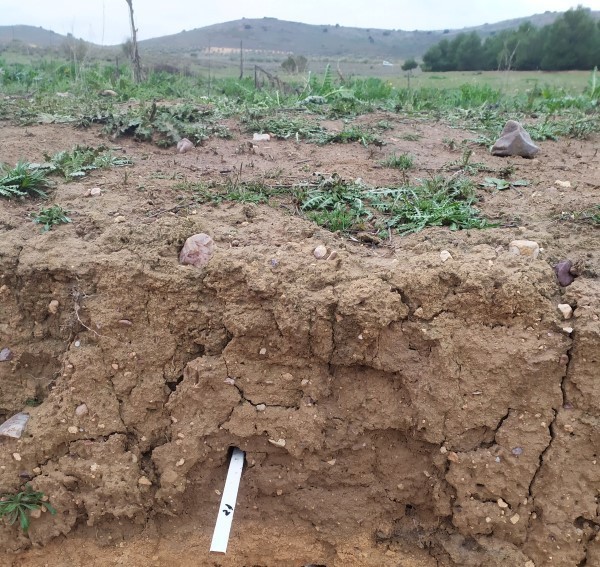
Use detectors in testing ...Rutus ATREX, Xp DEUS2, Aka INTRONIK, Detech RELIC STRIKER...
-------------------------------------------------------
As for the detection of small targets ... small coins or gold ... with Atrex on the multifrequency, and one frequency with the Multifilter .. by eliminating the influence of the terrain signal ... you can verify very quickly in this very small target test, for example. .as 2x2mm -0.02 gram 24k gold ...
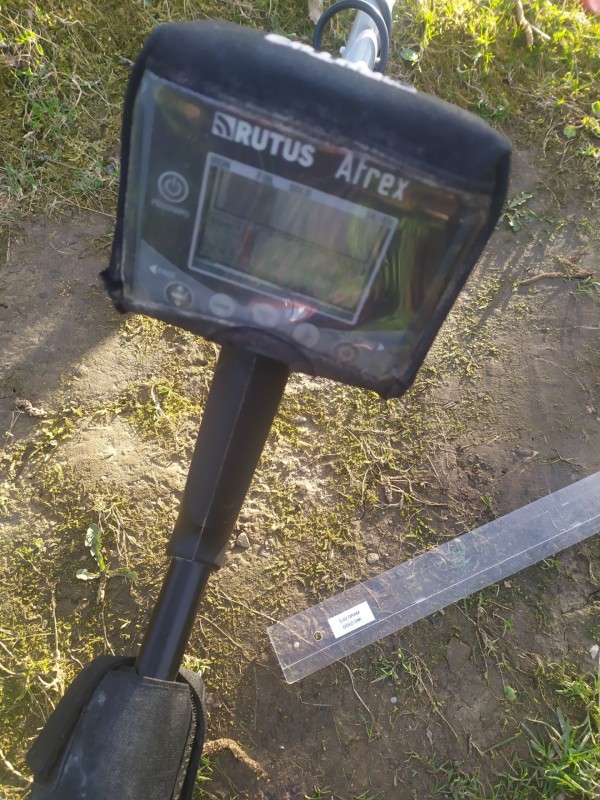
-
On 4/14/2022 at 12:39 AM, Steve Herschbach said:
Well, my whole tirade is more centered around this one idea - “
This means you only need to cover the ground once and can be confident you’re not leaving ANY valuable treasure behind.”
Steve ..how would we like to further analyze this answer .. do you have a question about whether a modern multifrequency detector can detect more desired targets in the country ..as a single-frequency detector?
So let's take a closer look:
1st Case .. will a modern multifrequency detector find more good targets in more demanding terrain conditions - even according to the correct VDI target signal? ...
Yes, there are ... deep targets with VDI .. which is already above the level of VDI foil ... or other very low-conductivity objects ... If the VDI target itself is supplemented by a graphic signal display / signagraph-hodograph / it is even better..and you can believe it even more ... if the signal is accurate enough when crossing the coil crosswise ...
2 .. Event .. searching for very deep targets that sound like non-ferrous targets ...... a modern multifrequency detector can also determine on a deep target whether it is a low conductor, a medium conductor ,, or a high conductive target ... so the probability of detecting a good target can be really higher ..
Multifrequency also gives a better chance to say about a deep target that it is a non-ferrous target ... even if the VDI identification does not have to be accurate ... but it is still firmly in the non-ferrous VDI zone ...
-single frequency detectors can already give such signals mainly to the iron zone .. with the occasional occurrence of a non-iron signal ..Here I would also be more confident in the multifrequency..because it can give a repeatable non-ferrous signal ...
3. the Case..... is extremely demanding, and heavily mineralized terrain / magnetite, hematite Fe, possibly saline terrain / .. here the multifrequency will use its advantages the most and add the advantages to cases 1 and 2. It may not be 100% the best .. but it will be significantly better than with high quality single frequency detectors.
4. the Case .....is separation in iron .... and a well-done multifrequency can break out in separation with the best single-frequency detectors ... in my case I highly prefer detectors / single- or multifrequency / which can show exactly VDI displays the separated targets .. what I often decide whether I am interested in digging such a target..
Here is one more important thing ... how can the detector sufficiently eliminate false signals for iron targets .. not every multifrequency detector knows this reasonably well..identify more iron as an iron signal.!!!
So the basic advantage of the multifrequency is the quality calculation and elimination of the influence of the signal from the field on the detection properties of the detector depth, plus the accuracy of the VDI target calculation....
--------------------------------------------------
.....Do you detect all targets in the aunt with a multi-frequency detector in one pass through the coil?
certainly not .... but the percentage of the first pass through the coil can be really good../70-75% good targets /..and it will also depend on the coil used... ......................................................................................P.S .... of course high-quality depth-separation single-frequency ... / digital and analog / detectors with "good detection DNA"... remaint excellent detectors and in many cases still able to mix cards with detection results in the field ...👍
-
I don't know how much the so-called "hole effect" can manifest itself in detection with a PI detector ... which often occurs in more demanding mineralized terrains ...
1. dig a hole not too deep ,, put a target in it ..- the target will be detected.
2. Then deepen this hole .... to such an extent ... that the targets in the hole will no longer be detectable.
3 .. Finally, cover the target in a deep hole ... with soil and and the deep target.. will be detectable again ...!!!
... to avoid such an effect ... the soil is gradually dug in the plane into a "flat hole" in the size of at least the width of the coil ....
Another advantage of digging a flat hole is that after the subsequent detection of a flat hole, you can find other targets that are stored even deeper.
-
There are several very good separation tests for unmasking in iron ... ,, and I can say that when the detector passes 3-4, ,,,, 2D-3D separation tests .. then the detector will work very effectively in unmasking and in terrain ...
If you look at it from the other side .... So those detectors that can very well and effectively detect targets on iron-polluted terrain .. I will achieve excellent results even in comparative separation tests ...
.... the main point of this story about separation tests is ... that successful detector manufacturers themselves do not underestimate it ...... and they really devote enough time to testing their detectors in various separation tests .... / let's call it separation control capabilities / a .. then also the subsequent testing of the separation capabilities of the detector in the field ...
Thus, the end user will receive a detector that will be able to find new targets even on very pre-detected terrain ...
....don't underestimate unmasking testing..!!!.
Field testing of pre-production multifrequency software at ATREX...
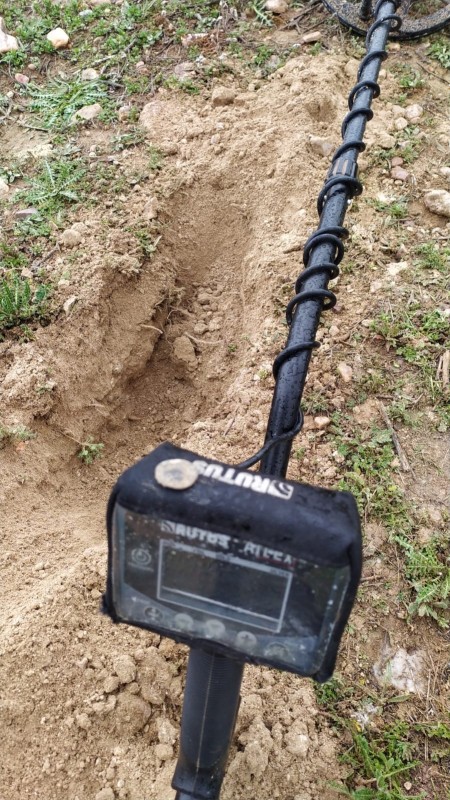
-
19 hours ago, phrunt said:
Sounds like the V3i is a poor performing detector, or at least your one was. It just seems impossible you'd miss some of that big junk with any detector. The Deus 2 maybe good, but it's not light years ahead of other detectors at sounding off on a target in the ground.
Any of the excellent separation detectors will find several more invisible targets after Spectra V3 ....
These are detectors that are a light-year better .. in a separation like Spectra ..
Why?invisible targets are disguised with big or small iron ,, ..and they can unmask only the detector with excellent 3D separation predisposition....
Burlguy... and Deus II do what every detector should do .. ,, and simply compare it to their new detector..on their highly detected terrain their new detector ..
-
Burlguy ... thank you for the nice and accurate information regarding the comparison of Spectra V3 and other detectors and also the new Deus 2 ..
Yes, the Spectra V3 is an excellent and powerful detector ..., but we must realize that even if you use different size coils in the detection on the Spectra V3 .. something will still remain in the field ... because this detector does not excel in particularly good 2D and 3D separations .. ,,
Today's excellent separation detectors can unmask a few new targets even in old, highly detected places .... and that's what feels ...
I'm curious about your other results..
-
....I think the multifrequency for different detectors can be divided into at least 2 generations ...
1st generation Multifrequency - used the frequencies used to detect the signal similar to what single frequency detectors do - with "simple VDI signal processing"
but with the bonus that it made it possible to eliminate the salt signal to a certain extent..and this way these detectors were able to detect well on beach and in seawater ...Such a multifrequency will have a problem displaying the correct VDI target ,,,, in difficult mineralized terrain conditions, or at deep targets .. there is a strong shift of the ID .., or the loss of the signal from the non-ferrous target..moving the VDI to the iron ...
2nd Generation Multifrequency ... uses multifrequency mainly for excellent work of the detector in more demanding field conditions..while eliminating magnetic, ferous or conductive ground signal response .., but also for advanced calculation of correct VDI target for such demanding conditions ..., which guarantee much higher ID accuracy than 1-generation multi-frequency detectors, or 1 frequency detectors ...
However, of course, the 2nd generation multifrequency detectors can use various types of multifrequency programs to improve the detection capabilities of diferents .... terain types ...
I would classify FBS multifrequency detectors as the 1.5th generation of multifrequency ...
There is still something ... in some low-mineralization, or very specific conditions, even best single-frequency frequency detectors can work at least as well .... as multi-frequency detectors ....
On the other hand, you will only use it on demanding Terain ... 2gen...multi-frequency detectors ... because I will work there reliably and accurately and correctly ... and in many cases you can trust the target signal significantly more even on the basis of a reliable VDI ... before digging.
...But the important truth is that multifrequency allows you to move the development of VLF detectors much further ...., as would be possible with single-frequency detectors ....
 👍
👍
-
Dave ... I'm one of the detectors .. who have been testing ATREX for a long time since its prototype ... and of course I've been testing it for quite some time..multifrequency software .. who will say something like 2 generations of multifrequency...
I can say that the multifrequency will work in difficult field conditions, as well as ensure a very stable operation of the detector ..with detection but also has a significant impact on the accuracy of target identification ...
I would say it will be supertable detection....
the main task of multifrequency is to ensure an excellent depth of detection and good VDI targets in difficult terrain ... which is very difficult to achieve with, for example, 1 frequency detector.
this was also confirmed in comparative tests....
It is, of course, that the results .... are also reflected in direct detection in such terrains ...
-
...The problem with the coils of Equinox is that it does not have a 9 "coil ..... and an 11" coil can be a bit big in some cases.
and another good thing is to optimize the recovery speed below the coil size and also the sweeping speed ....
-
....I'll put it this way .... during surface or shallow separation in iron "2D" similar to the Monte performance nailboard test ... the smaller coil always wins ... on any detector you use ....
..the smaller coil here always gives better results than more .....
And in practical detection it will also be confirmed ..... smaller coil can separate shallow targets much better in iron shallow..like a large coil..and you will see targets which, for example, the 11 "coil already has a problem detecting ..
Furthermore ... the coil could also detect a deeper coin .. especially if there is less iron on only one side .. from the coin at a certain distance ..
..but here a lot depends on the 3D separation capabilities of the detector .... and the separation well detectors prove the data signal on the deep coin even though it is really close ....However, there are several situations in iron-polluted terrain where only a larger coil ... size 9-11 "can handle the detection of a deeper target.
which, when the detector is set correctly, will allow you to separate really deep targets between the irone .......here you can be a 9 "coil optimal in the separation ....
...... come to another important feature in iron separation .... and that is ... is the ID of the unmasked target....
-
....Thank you for sharing your insights and information from 3D testing ... as well as field testing.
...
when detecting in strong iron ..you need to be aware..one fact..and that small DD coils / less than 9 ",, and elliptical coils matches less than 9" / may have a problem detecting deep coin targets between iron ... .you may be surprised ... what a large target can be practically invisible to a small /or narrow / coil.....
Here is my 3D test for a silver liberty "half dollar "at a depth of 7cm... below the nails .. using a 5.5x 9.5 "narrow elliptical coil // ..
The narrow elliptical coil on the ORX cannot pass this test ... even with a coin size such as half a dollar.
..this narrow elliptical coil can only signal the signal in one case ..and it happens you change the sweeping of the coil by exactly 90 degrees ..
If you use a 9 "hf round spool (at 14 khz / .... in this test, the target will be visible when sweeping the whole spool * 360 degrees ... around the target.
My testing of various separation-good detectors and coils shows ... that you need to have a coil of at least 9 "inches.
so that even separation very well detectors can reliably pass such a test ........ and here the magic of the 9 "round coil is hidden ...
.....it is the smallest coil that can separate deeply ...
-
I would never exchange the Spectra V3 for its simplified version of the Spectra VX3 ....
Specta VX3 is missing 2 important settings,
.. the first setting is TX Bost ....
TX bost is the most important setting .... in terms of depth of detection ... especially when using 3F multifrequency .. then release release Tiger from the cage ....Because the Spectra V3 on TX "normal" has a very soft 3F multifrevention range.
Another very important thing when turning on the TX bost is the higher resistance of the detector against EMI.....2.5 amps TX on the coil .. will do its job here ....
 ..
..
.
..The second important setting is 8 Ground filters // 5hz, 7.5hz, 10hz, 12.5hz Band or High Ground filter // which is actually the recovery speed of more modern detectors ../ compared to 2 Ground filters / 5hz and 12.5hz Band type which has VX3 ..... on many medium mineralized terrains 5hz will not work reliably ,,, and again 12.5 hz band Ground filter will again be relatively weaker in range ... - especially on the standard 10 "DD coil...
As for the difficulty of the Spectra V3 - for settings .. in fact, you only change 5 important settings there - just like with other modern detectors ...👍
however, it is good to say that since the inception of Spectra, many current detectors have gained some detection capabilities ... significantly further ... it is mainly that the manufacturers have not been in place and in the meantime have improved detection technology for their new detectors ...
In the picture there is a certain part of my detectors .... / except my colleague Fisher CZ 6, and 1 Rutus Atrex / .. and some have more settings other detectors have only a few settings ... but they are all great detectors ...
-
12 minutes ago, mh9162013 said:
Exactly!
I completely agree with Simon .. ,, other people who think so ..👍
and there is still something in the category of evaluation ... and that is price / performance....

-
just a small note ..., to the new video ... if you adjust the tone break to 9, then feel that the identification of this chain will also be on ID 9 .... ,, what is the ID in "iron zone / 1-10 ID / ..
...let's look at this particular situation in the new video....

... of course I can live with that ...., I do this adjustment of the tone break setting, for example, in Tek.G2 ../I adjust the disc to 33-37 even though the standard is on disc 40./..- for low conductors...
Technically, Jeremy didn't make a mistake in the first video either ... only during the test they use the pre-set values of the manufacturer's program ..... which were not optimally set for such low-conductivity targets .....
This only suggests why it is good to have control over the important settings in the detector. ....
-
According to this test .. Vanquish 540 should not have a problem data signal to deep targets ...
but the lot will depend on the size of the rod ......
-
18 hours ago, palzynski said:
I have just updated my "4) DEPTH TESTS WITH THE DEUS2 11" above post because there was an error in it concerning the RELIC mode :
The RELIC does display the target VDI then it definitely HAS a discrimination, this as long as the target is not too deep ( too close to the target max depth limit ) .
Look at my updated above post for more details thx ...
program Relict works on allmetall mode ... with IAR discrimination - just like Gold Field program.. ...
-
...in the case of Emi visualization .. Rutus has taken the biggest step so far with its Atrex ...in this area ...you can very quickly Ideitify even pulse Emi and make a correction Frequency / Multifrequency / ..
..but in many cases .. the automatic noise cancel systems themselves at Equinox .. are effective enough to eliminate permanent Emi ..
..repeating Emi for automatic Noise cancel can be harder to eliminate ..
one of the good options is to use a smaller coil ... but for Equinox lack a smaller 8-9 "coil .. but you can still use a small 6" or 5X10 "coil ..
---------------------------------------------------------------------------
-
6 hours ago, Ogliuga said:
Did you pump coil more times on that soil?
.....When measuring the mineralization, the coil must be moving over clean terrain ..., either you sweep the coil for 8-10 seconds, or you pump the coil into clean terrain ...
the coil during the measurement ... must always be moving ...to measure the terrain mineralization response .., because if you stop the coil - the values on the measurement will fall quickly ..
-
In my view, "these are detectors that use 9" to 11 "coils, because such a coil size has a big effect on 3D separation ... and separation performance detectors on such coils have ... very good 2D separation properties. / 7-8 points out of 8 max / .. from my detectors they are ...
..Minelab Etrac / on the right setting Deep ON, Fast ON, multiton / long response- 11 "coil,./, minelab Equinox 11" coil .., .. Xp Deus / ORX 9-11 "coil,, .... Rutus Alter 71 8-11 "coil,novy .. Rutus Atrex 8-11" coil .., ... Golden Mask- Coin killer15khz 9"coil.. ...These detectors can handle 3D depth as well as 2D surface separation in one setting. And one 9-11 "coil.
coils under 9 "lose 3D separation properties ... in stronger iron ...when the iron is located on both sides of the coil ... / what are the real conditions /
you can try it in a relatively simple 3D test ....2 x 6" nails 3D test ,,,.where the nails are 18 cm apart and the tested target is in the middle at a depth of 7 cm...
....you can also start with a half dollar ....
 ..because the test can be challenging...
..because the test can be challenging...
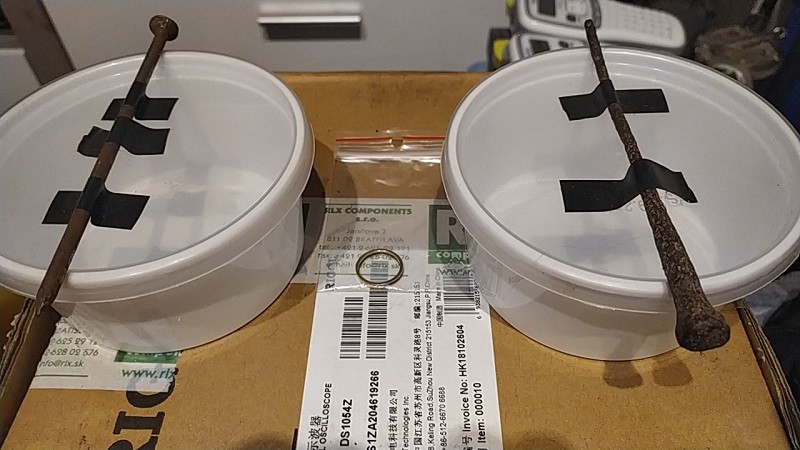
-
Now for the patent of Minelab and the new coil ... no one moved my mind and made such a coil ... because the solution was on the table and any detector manufacturer could do it ... everyone had a chance to do it ..
I agree with the fact that in the technology of detectors and coils, it is possible ... you just don't have to keep things that have been used for years, but you still need to think about how things can be improved.
my favorite expression for this is ... that you can't break the physical laws of detection ... but you can still bend these rules a lot ... and strongly tilt in favor of better detection properties .....

At a minimum, Minelab must be recognized .... that such a coil solution .. / turning about 50% of its winding /. Will provide all the resistance of such a coil to mineralization and conductivity of the terrain, which practically means that in such terrain you will be able to work on higher detector settings as it would be when using a coil of the classic type ...
It is possible that this new coil solution may also be reflected in the new Minelab coils for their PI detectors ...
-
...yes.. excellent...Test...👍and raises several questions about different types of separation ...
I really liked the end of the test over 2 covered "monte separation tests on dime and gold dollar" and the third covered test on aluminum foil.. as well as the response of detectors to these targets.. ..
-
Rick, can you describe this test in more detail about the "Six-Nail "3D test ?..... as well as the detectors you tested there ...?
I grew up on 2-filter detectors where you could do good separation. ..but at reasonably slow coil control ..
I think it is good to continue this topic ....

-
it will definitely need the eyes to rest for a few days, and don't stretch yourself physically - it's due to internal eye pressure ... then it will be fine. ..👍


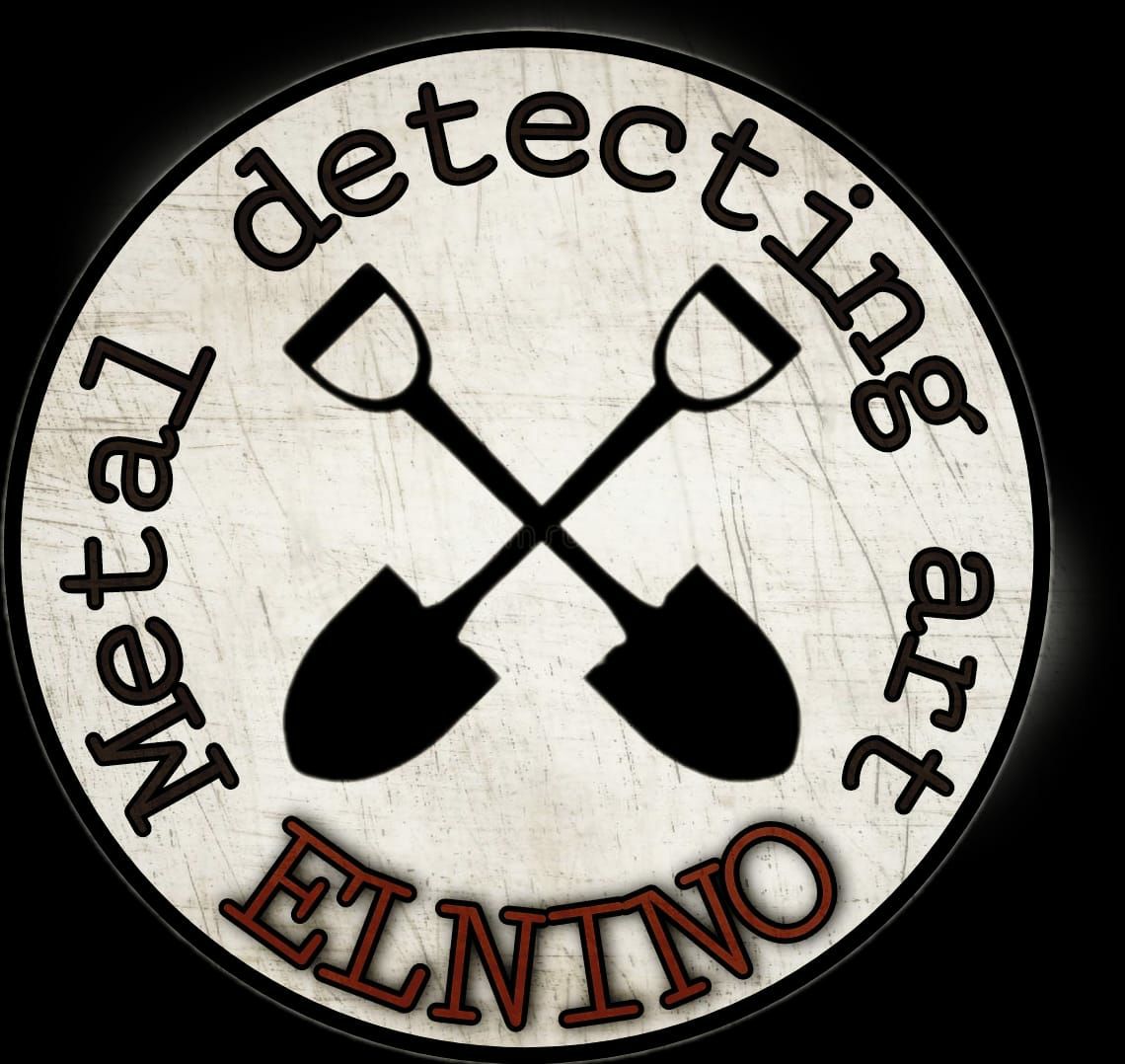

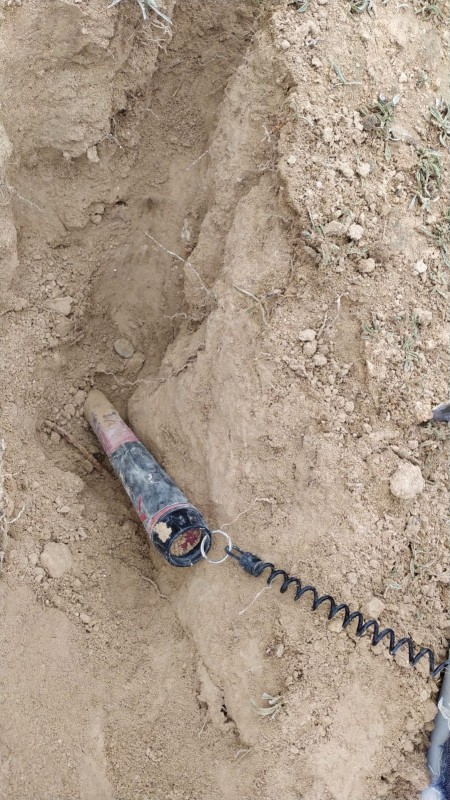
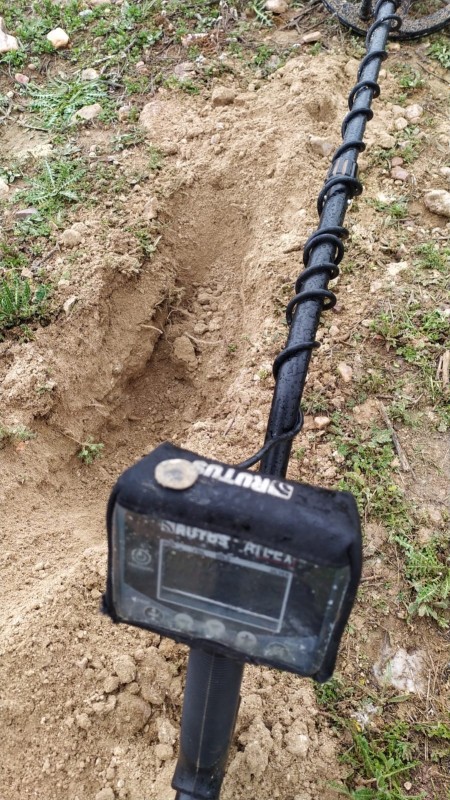
.thumb.jpg.e3fe0e3d8f741d9a8583be7d174d08a3.jpg)
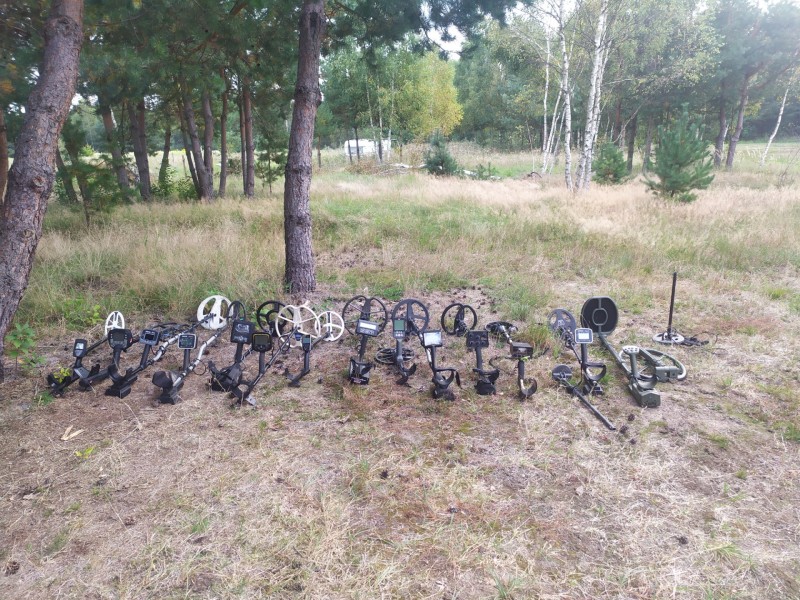
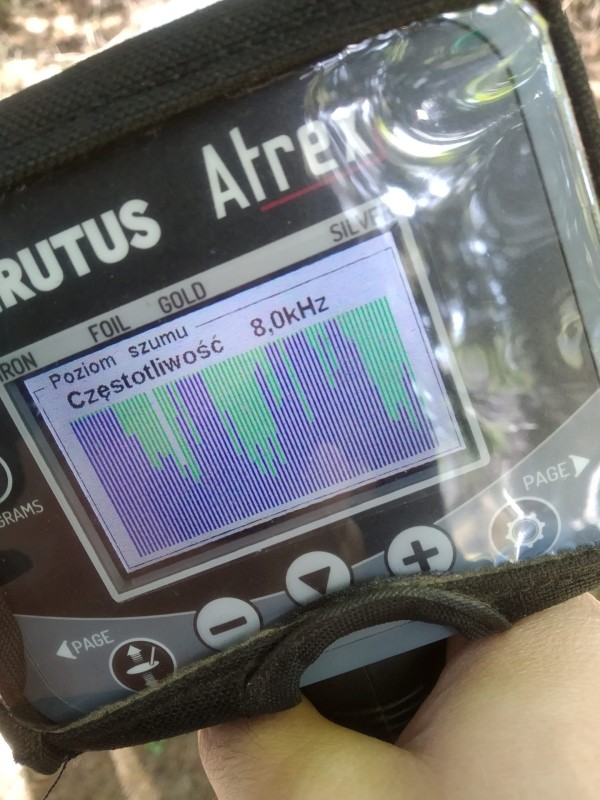
New Rutus Model Detector In The Works
in Metal Detector Advice & Comparisons
Posted
After the first tests on a coin of 50 eurocents at a depth of 32_34cm, we focused on tests on a smaller coin of 10 eurocents at the same depth of 32-34cm .. which turned out to be a border target..where else could detect detectors as a good signal ...
This target was detected by 3 detectors out of 4 in the test .... and they were Rutus ATREX detectors on an 11 "standard coil, Deus II on an 11" coil and Detech Relic Striker on a standard 15x18 "SEF coil ...
ATREX ... on Multifrequency and 11 "standard coil was super stable in tests on this wet terrain and gave a good signal for deep targets even with a sufficiently good VDI .. signal that we would dig ...
We achieved optimal and best results on Reactivity 2.
... later tested the ATREX with also good results on the 13 "mars Discovery coil.. ..
In my opinion, ATREX had a...very strong reserve.... of stability in tests such as detection in this field .. which says that there is a reserve for further increase in the performance of this detector.
-----------------------------------------------------
Deus2 on the 11"MF coil was less stable on this wet terrain, it took a while to find the best responsive programs and settings, but on 2 modified multifrequency programs General and Deep Hc on the optimal setting and optimal Reactivity 1.5 ... we managed to achieve good results even with adequate good VDI ..
Deus2 It's a really good multifrequency detector .....
----------------------------------------------------
Detech Relic Striker on coil Sef15x18"....at optimal settings also detected the target really well ... the stability of the detector was good only with occasional response to could rock ..
Who knows Relic Striker knows that this detector is a good and deep detector even in mineralized terrain..
------------------------------------------------------
I can also appreciate the testing a bit ... ATREX ..
...
....And starting with the fact that this detector shows a well-made multifrequency 2nd generation ... it can also handle deep targets in difficult terrain very well, while providing relatively accurate VDI for these targets ... and a strong reserve of detection stability helps focus on really good and specific targets...